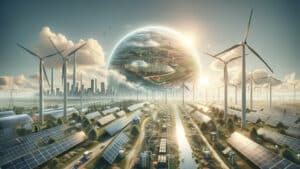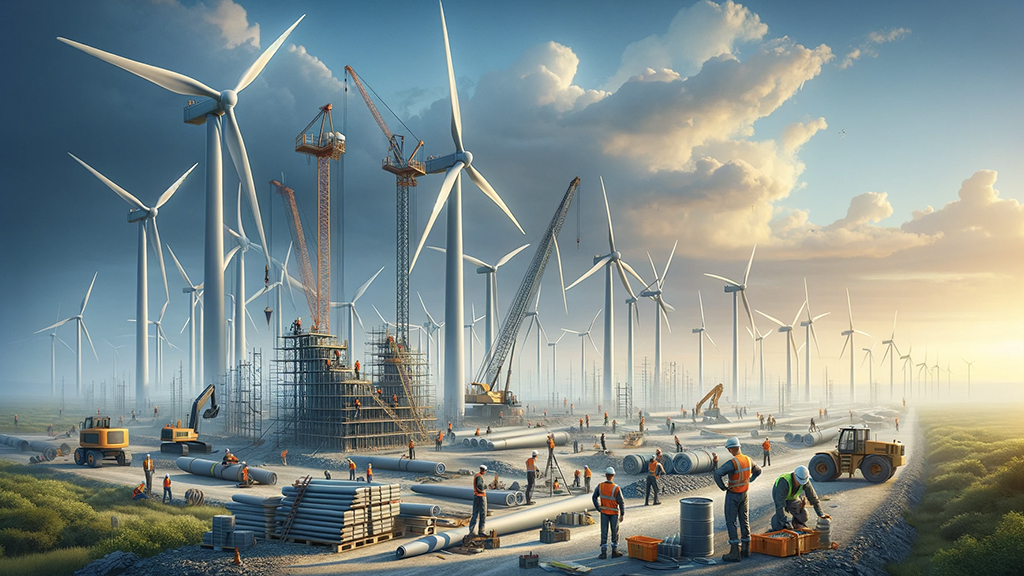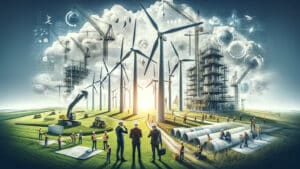Alternative Energy Systems: The Revolution in Energy

Construction of Photovoltaic and Wind Farms: Solar and Wind Giants
When we talk about renewable energy sources (RES), solar farms and wind farms mainly come to mind. Their construction is a significant engineering challenge. PV panels that convert sunlight into electrical energy and massive wind turbines dancing with the wind are not only spectacular but also highly efficient. They form the foundation of modern, ecological energy infrastructure.
See also: Solar farm construction: How We Do It at Electrum
Alternative Energy: More Than a Trend
Alternative energy is not just a fashion, but a necessity. Investments in renewable energy sources (RES) are steps towards a future where energy will be clean, renewable, and accessible to everyone. It’s important to emphasize that this is not only a matter of environmental protection but also economic profitability.
General Contractor for RES: Architects of the New Energy Era
The role of the general contractor in RES projects is crucial. They are responsible for comprehensive engineering, technological, and business solutions that meet the specific needs of the energy market. Their work affects the effectiveness and efficiency of investments, which has a direct impact on the success of RES projects.
Climate Tech: Technology for the Earth

Summary: The Energy of the Future
Green energy is not just a trend, but a necessity of our times. The development of alternative energy systems, the construction of photovoltaic and wind farms, and comprehensive solutions in the field of RES are steps we must take to ensure a sustainable future for our planet. Remember, every decision regarding energy has a direct impact on the environment in which we live. Only through responsible actions and investments can we achieve the goal of sustainable development.




